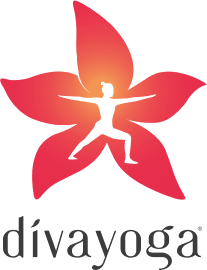CORE YOGA

The core of the body refers to the abdominal regions, including the lumbar or the lower back. Having a strong and stable core is very important to make sure your entire body is balanced. Apart from that, a strong core helps you avoid back pain, reduces risk of injuries and keeps your body stable and aligned.
This class is made of postures that focus on the core region to bring strength as well as toning to the body. Even the breathing exercises should be focused on the core region, eg: Kapalbhati.
List of core postures
- BOAT POSE
- SIDE PLANK POSE
- SIDE PLANK WITH A TWIST
- DOLPHIN PLANK POSE
- BRIDGE POSE
- WHEEL POSE
- CHAIR POSE WITH A TWIST
- WARRIOR III
- BAKASANA
This flow is a part of the Vinyasa traditional series.
The word “vinyasa” is translated as “arranging something in a special way,” in this case, yoga postures. Vinyasa means to move your body in a synchronised yoga flow with breath as the key.
Vinyasa Flow is the world’s most popular yoga form to develop a stronger mind-body connection, to strengthen the body and improve flexibility. It teaches us to cultivate an awareness that links each action to the next one on the mat and in our lives. It focuses on the flow between movements, rather than individual poses.
This popular, flowing style of yoga developed is a sort of "free-form" offshoot of the more methodical Ashtanga Yoga system. Ashtanga Yoga is a powerful and dynamic style of yoga developed in the 20th century by the guru, Sri K. Pattabhi Jois. Ashtanga incorporates the sequence of linked poses called a vinyasa, but where Ashtanga has a strict structure and precise set of rules, Vinyasa Yoga is creative and exploratory.
Vinyasa Yoga contains many, if not all, of the poses included in the Ashtanga yoga series, but it does not require its students to perform them in the same sequence. For example, in Ashtanga, students of Ashtanga are not allowed to move to the next series of poses without first mastering their current one. Vinyasa Yoga breaks those rules, often including poses from various Ashtanga sequences in one class.
